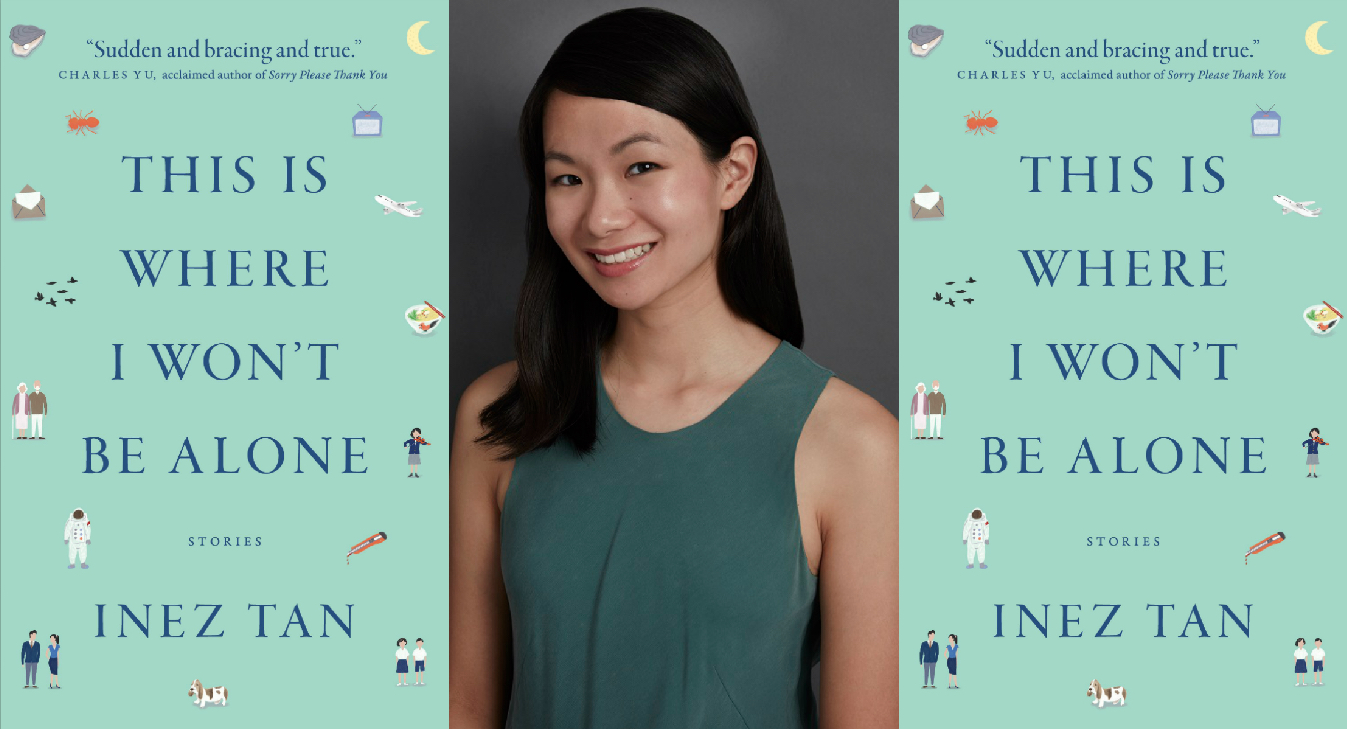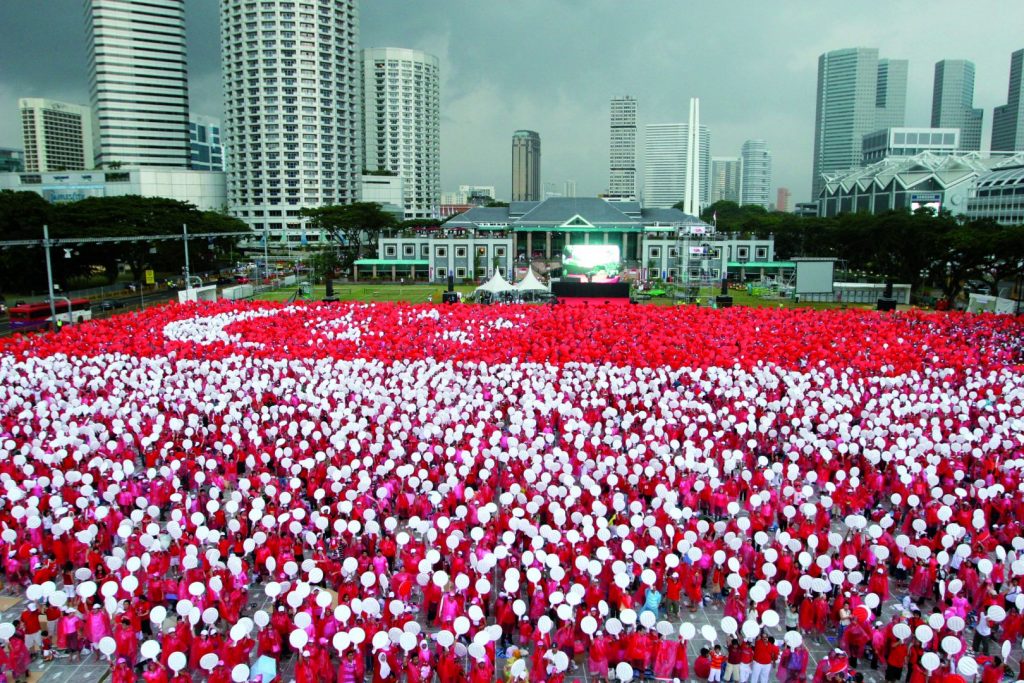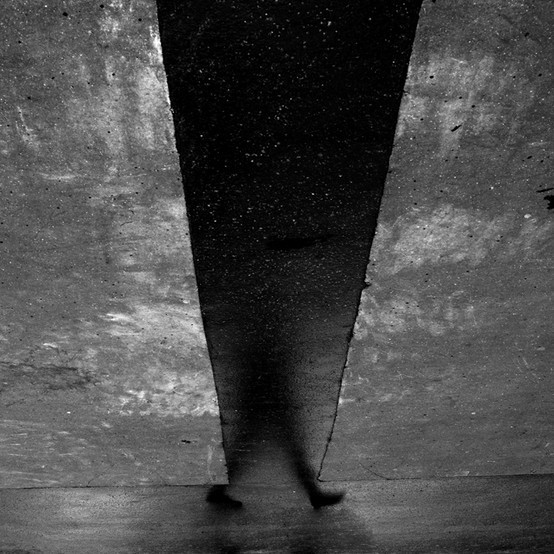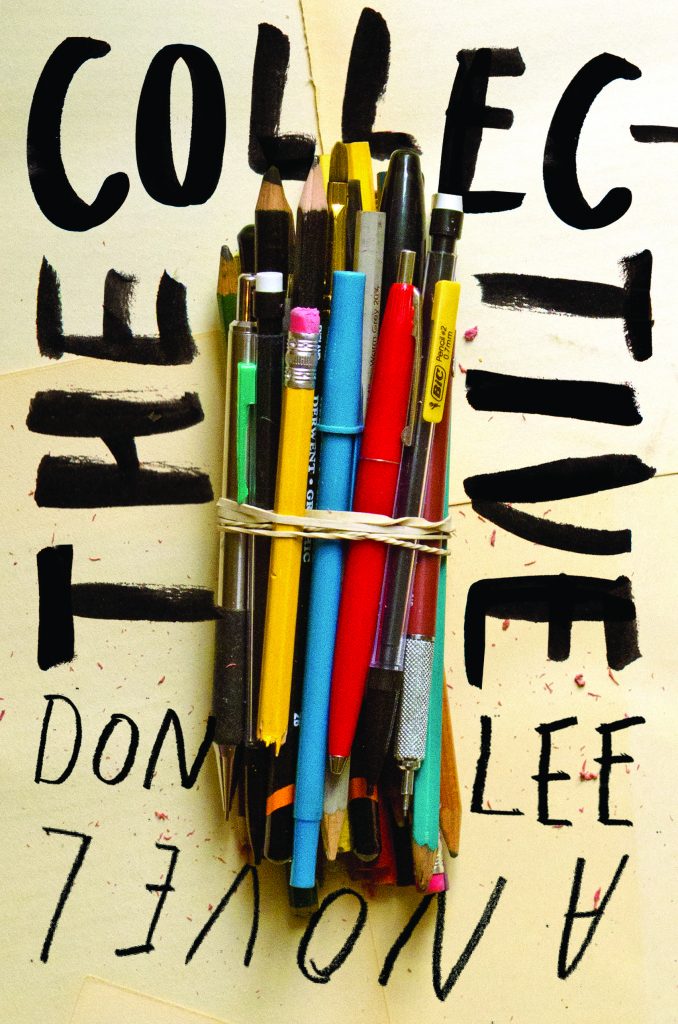There is no titular story in Inez Tan’s debut collection This is Where I Won’t Be Alone. As an American reader, I first considered this title a statement of theme or artistic destination. But if you’re Singaporean, then you know the title as an excerpt from a popular 1998 song called “Home,” written by Dick Lee for the first in a series of songs Singapore’s National Day Parade, celebrated on August 9th of each year. From the chorus: “This is home surely, as my senses tell me/ This is where I won’t be alone, for this is where I know it’s home.” Knowing that, I now think the title is both: an explicit reference to Singaporean pride as well as a declaration of seeking.
Given Tan is a Singaporean living and working largely in the United States, it should come as no surprise that her work engages with the concept of home and the isolation inherent to the diasporic identity—where it’s not home, where you will likely be alone. Her characters, both Singaporeans and Americans of Singaporean descent, grapple with what belonging to and engaging with their home really entails.
Tan is explicit in some stories, like the formally experimental “Tragic Flaws.” The protagonist, educated in Singapore and abroad, compares herself to Pip of Charles Dickens’ Great Expectations—a nod to her schooling in London, to the books she discovered all manner of Western things, from “goblins” to “holidays by the shore.” She did not see Singapore in books or know “you could write about things that were real.” She lists many tragic flaws, hers and others’, but the last one is perhaps most important:
My tragic flaw was that I tried to hide the people and the place I had come from. Which is Singapore. For the person I became was ashamed to recall them. Which is the most Singaporean experience of all. Failing to realize that was yet another tragic flaw. For I thought it made me different. And I thought no human had felt so alien. And I thought that was my secret. I tell you, it’s damn tragic sia.
(Sia, a Singaporean-English word of emphasis, is as specific as it is final here, declarative and vehement. A word she acknowledges as real by writing it.)
After the protagonist speaks about her relationship to her family and heritage, she poses questions to her father, under headers of one (or little more) words. Under “Neighbors,” he urges her toward independence, like the uncomplaining old people of Singapore collecting trash, not reliant on anyone, not begging for help or chances “like the young people nowadays.”
So, the story asks us, which flaw is the true tragedy? Her belief of being alone, that her shame and isolation is hers alone to bear, or her supposed belief, inherent to her generation of Singaporeans, that she should be able to lean on other people? Could the protagonist assign that shame to the older generation, whose silence can mean that secret, the one she thought was all her own, is hidden within them, too? Tan leaves us wondering, grasping within us for that common secret.
In other explicit example of the question of aloneness and home, “Lee Kuan Yew Is Not Always the Answer,” students’ obsession with the first Singaporean prime minister, commonly referred to as the founding father of modern Singapore, plagues their teacher Cheryl. Whether in Social Studies (which the girls call “Propaganda”) or math, the girls insist that “Lee Kuan Yew” is the only appropriate answer to any question asked of them. One man, who they never met, whose career ended before they lived, is where they find solace. He means more than his lone body—he means a country and ideology. They fixate on his speeches, reenacting them in full-cast melodramas, and answer mathematical problems with essay-fictions about him. They don’t know Cheryl was born on the day Lee Kuan Yew died.
All would seem willfully strange if it weren’t for Cheryl revealing that, as a girl, she cut faces from her own Social Studies textbook and collaged figures like post-disaster homeless Singaporeans and the composer of the Singaporean national anthem in her diary. Cheryl reflects that “I’d always wanted to know the people who’d been here before me […] I felt I owed them something,” and, though she barely knew who they were, “I wondered what they would have thought of me.”
Here, Tan doesn’t attempt to solve “the most Singaporean experience of all,” shame and yearning in equal measure. Instead, she delves into pride in country and identity so intense that it becomes the only answer. Both the educational output of students pushed to perform their best and the intimate diary of a young girl hinge upon the Singaporean identity.
These stories don’t all fit so cleanly into this line of questioning. In “The Colony,” a Murakami-esque story more strange than its pedestrian setting implies, Boo avoids addressing his unemployment by tackling the invasion of ants into his and his wife’s Singaporean home. He ends up comforted by these insects, a biologically determined collective, as he tries to exterminate them.
The collection’s one fantastical story, “The Princess and the Dragon,” employs a fictional, medieval kingdom to explore belonging. The prose is deeply interior, with only the dragon’s point of view:
Most children only hear that they are forbidden to venture beyond the city walls, without being given a reason why. I could have told them. It’s because the walls of stone and mortar are able to withstand fire, and little boys and girls are not. […] Their children ought to be told the truth. I hate ignorance.
We soon learn that the besieged kingdom’s children will be offered as her meals, once their sheep are all gone. And that the dragon was not born a lone creature of fire and appetite, but became one after having done great evil: abandoning her home, her queenly throne, and her own child. In the grand scheme of an empire, is there a greater sin?
The story ends like others begin: “Once upon a time,” the dragon says, “I thought my place would be elsewhere.” It appears this elsewhere she sought is exactly what the rest of Tan’s characters avoid: a place to be alone. She is finally brought back into the fold as a creature, having lost her true original form in leaving. I’m reminded here of “Tragic Flaw”—the first one listed was “to believe I could leave home behind, and then think I could never return.”
Tan imbues an oyster with sentience to lead us through a journey from possible meal in Singapore to mold-fuzzy garbage in America. “Oyster” ends with a repetitive thought: “I can still do this […] I can change into something new. I just need a little time and I’ll be ready, ready as I’ve ever been.” The journey is over. The oyster cannot return.
“On the Moon,” another story featuring an unusual, yet-impossible form of diaspora, has many protagonists bound to the lonely unearthly body, almost all of whom reflect on their origins. One incoming researcher, Singaporean Jaya, wishes to “pack away [..] space like a flimsy cardboard screen” and see Pasadena behind it, her first home after leaving Singapore. And American “dog-lady” Tamara looks out of the moon’s “velvety grey surface” and sees New England waking up as a girl to “rooftops of red brick buildings glitter with freshly fallen snow.” These characters also turn to one another, but the place they can’t be is always there, outside the window, and from this distance fully visible for the first time.
Somehow these strange stories belong next to and muddling with the stories explicitly about Singapore, a credit to the collection’s depth as well as its scope. Never do we lose her primary thread: isolation and identity, centered on the Singaporean experience. Often with surprising eleventh-hour leaps, Tan makes the case that “people everywhere have always affected people everywhere, like threads in a secret fabric, notes in a cosmic song (“On the Moon”).” People are the difference, that interdependence her characters reject, embrace, and fumble in turn. The flash piece “Home”—an Easter egg pointing to the collection’s title—builds swiftly up to the same conclusion:
Where does a sense of belonging come from? A place? Who you were there, and who you were with? All the people I love and leave leave holes in my body, empty sites. You were the one who told me that home is something we have to make for ourselves. I picture myself looking into old buildings that aren’t there anymore. I can see us inside. A place we never were, as easy to imagine as a place we’ll never be.
Perhaps This is Where I Won’t Be Alone can be considered an elliptical quest, starting and ending on a song that began a trend that seemingly never fulfilled its end—“Home” is, as far as I can tell, the runaway favorite of the long tradition of songs written for the National Day Parade. There are versions in Chinese and English; it was reused in for the 2004 NDP and performed by the original singer Kit Chan at the 2010 NDP. The song is more hopeful than Tan’s collection. “There will always be Singapore,” Chan sings. Tan says, there will always be a place you won’t be alone—you just might have to make it for yourself.





